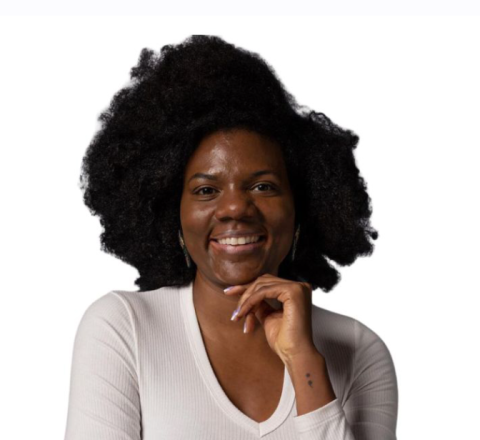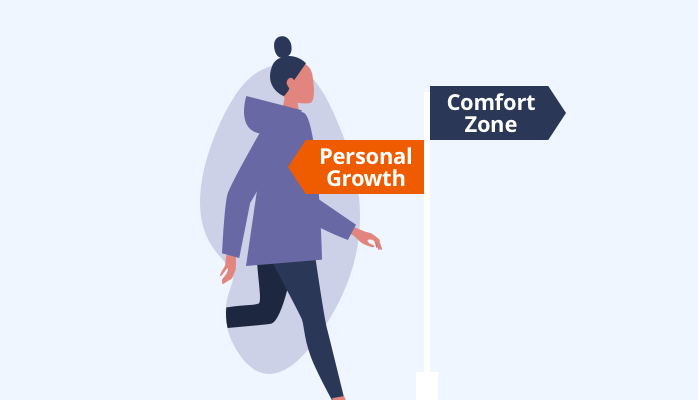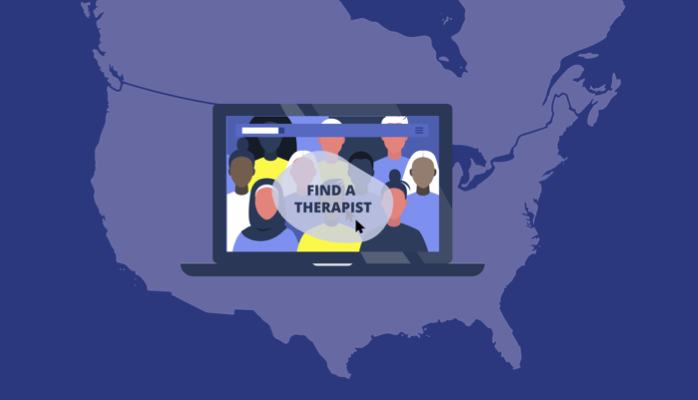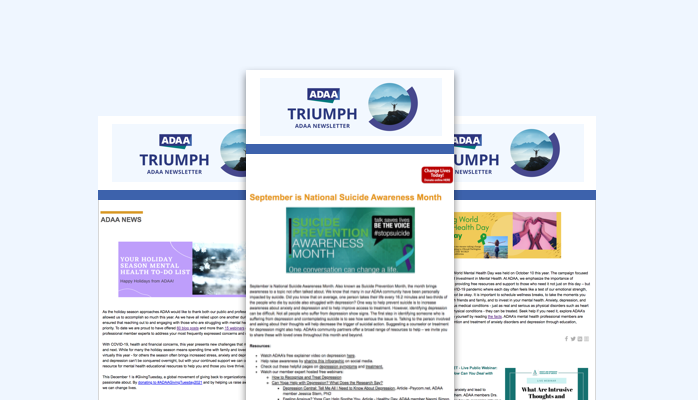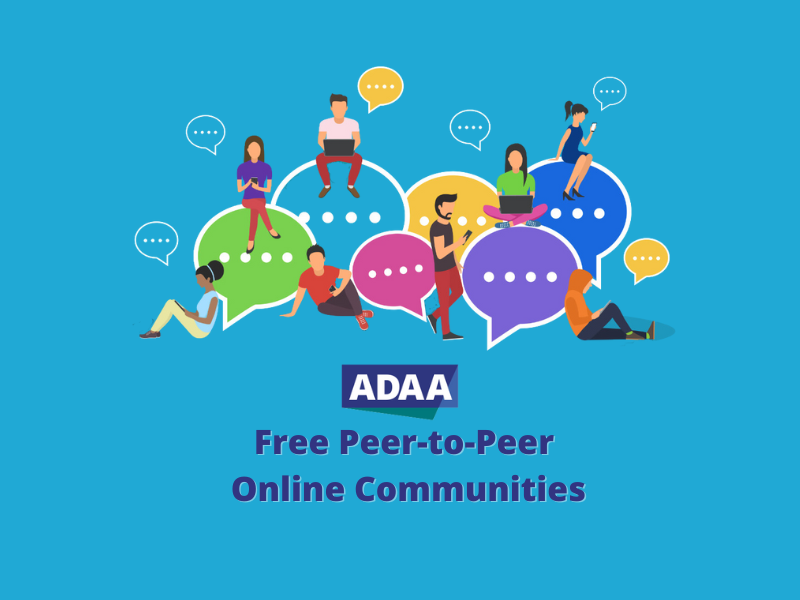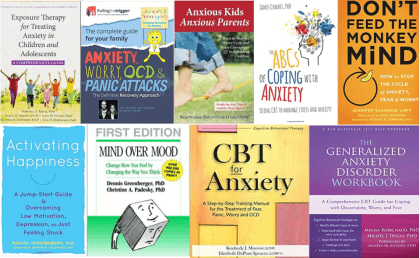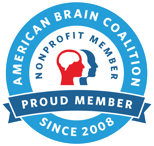Some people stop going into situations because of a fear of being overwhelmed by anxiety and not being able to escape or get help.
These people have agoraphobia, and they typically avoid places where they feel immediate escape might be difficult, such as shopping malls, public transportation, and either open places (like parking lots) or enclosed places (like theaters). Agoraphobia is particularly common in people with panic disorder.

Additional Disorders/Specific Phobias
LEARN MORE
Additional Disorders/Phobia-Related Disorders
Specific Phobias
Although people with phobias realize that their fear is irrational, even thinking about it can often cause extreme anxiety.
Learn More
Selective Mutism
Children who are unable to speak in situations where talking is expected or necessary, to the extent that their refusal interferes with school and making friends, may suffer from selective mutism (SM). As the Selective Mutism Association (SMA) notes SM is best understood as a childhood anxiety disorder characterized by a child or adolescent’s inability to speak in one or more social settings (e.g., at school, in public places, with adults) despite being able to speak comfortably in other settings (e.g., at home with family).
Learn More
Social Anxiety Disorder
What is Social Anxiety Disorder? The defining feature of social anxiety disorder, also called social phobia, is intense anxiety or fear of being judged, negatively evaluated, or rejected in a social or performance situation.
Learn More
Stress
Everyone experiences stress and anxiety at one time or another. The difference between them is that stress is a response to a threat in a situation. Anxiety is a reaction to the stress.
Learn More





